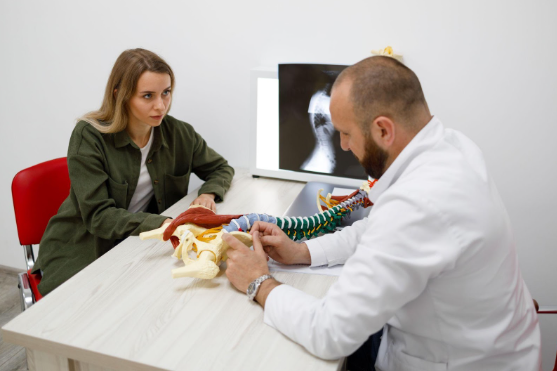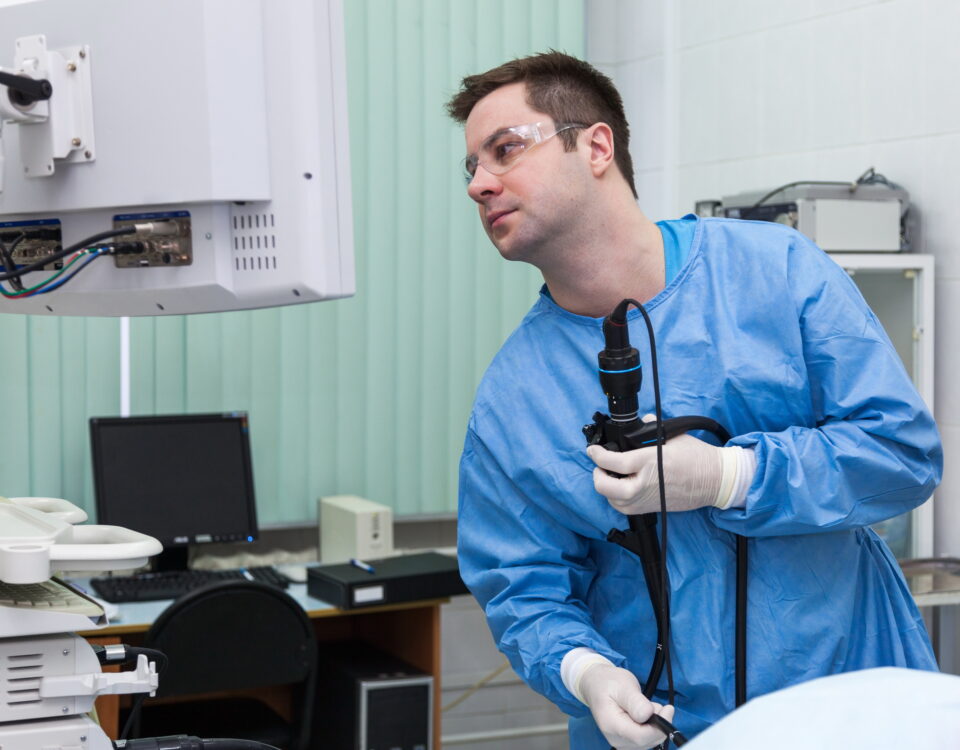
What is a Flexible Sigmoidoscopy?
May 8, 2025
What Is Atorvastatin Used For?
May 16, 2025What is Amoxicillin Used For?
The world frequently prescribed Amoxicillin because this medication shows effective results when combating numerous bacterial infections.Penicillin-class antibiotics work because they stop bacterial growth thus providing medical professionals a valuable drug. The extensive use of Amoxicillin occurs because it treats several bacterial infections starting from ear infections through throat infections up to respiratory illnesses. We will investigate the uses of amoxicillin alongside its standard applications together with safety concerns and its medical significance in the modern world.
What is Amoxicillin?

As an antibiotic made from penicillin, amoxicillin exists to battle bacterial infections in patients. Through its corrective action on bacterial cell wall development amoxicillin creates bacterial death by cellular destruction. Due to its chemical makeup Amoxicillin offers no treatment against viral infections including common colds and flu. Available in tablet, capsule and oral suspension forms, amoxicillin enables effective treatment for children and adults alike.
Common Uses of Amoxicillin
Doctors frequently recommend Amoxicillin therapy for treating numerous bacterial infection types. Some of the most frequent conditions treated with amoxicillin include:
Ear Infections (Otitis Media)
Amoxicillin is frequently prescribed to treat middle ear infections which doctors refer to as otitis media. Many middle ear infections result from bacterial infections triggered by Streptococcus pneumoniae and Haemophilus influenzae. According to standard practice Amoxicillin functions as the primary therapeutic agent to handle infections between middle ear infections and streptococcus pneumoniae and haemophilus influenza while treating both pain and reducing possible infections.
Respiratory Infections
Doctors commonly choose Amoxicillin as their first medication for treating infections of the respiratory system including bronchitis and pneumonia and sinusitis. As a first-line therapy against pneumonia treatments along with Streptococcus pneumoniae and Haemophilus influenzae respond well to amoxicillin. Treatment of sinusitis involves using amoxicillin to eliminate bacterial causes of the infection.

Urinary Tract Infections (UTIs)
Urinary tract infections develop mainly because of bacterial infection with representatives like Escherichia coli (E. coli). Doctors use Amoxicillin to treat urinary tract infections by attacking bacteria throughout the urinary system while blocking their multiplication. The medicine works best for cystitis UTIs yet makes less frequent appearances when doctors need to treat more severe kidney infections.
Throat Infections (Strep Throat)
Medically speaking doctors use amoxicillin to cure Streptococcus bacterial infections causing strep throat. Amoxicillin has the ability to destroy bacteria at the root of infections while it reduces cold symptoms including sore throat along with fever and tissue swelling.
Skin and Soft Tissue Infections
Healthcare professionals use amoxicillin to treat infections affecting both skin and soft tissue structures including cellulitis and abscesses. Amoxicillin fights the bacteria Staphylococcus aureus and Streptococcus pyogenes to help the body heal from infections that affect the skin and soft tissues.
Stomach Ulcers
Among the treatment options for H. pylori infections which result in stomach ulcers researchers use amoxicillin with other active drugs. As a treatment component with proton pump inhibitors, amoxicillin helps eliminate bacteria while accelerating tissue repair.
Dental Infections
Patients with dental infections that include abscesses and gum infections receive treatment with amoxicillin because it eliminates bacteria causing infection. Doctors may prescribe amoxicillin to dental patients after operations because doing so helps stop potential future infections.
Sexually Transmitted Infections (STIs)
Healthcare providers prescribe amoxicillin to treat specific sexually transmitted bacteria involving gonorrhea. The treatment shows optimal results when used alongside other antibiotics when treating specific infections.
Amoxicillin Dosage and Administration

The amount of medicine patients need depends on both the infection type and treatment severity. Adults need to take 250 mg to 500 mg by mouth every eight hours for treating mild infections and stronger doses may be needed for medical emergencies. Doctors prescribe amoxicillin doses through calculations that balance each patient's weight with their age. Patients need to carefully observe the prescribed dosage of amoxicillin because oral administration is its standard method of use.
Amoxicillin works best when patients drink it with an entire glass of water that can be taken alongside any meal or without one. People who cannot swallow pills have an option to take amoxicillin in liquid form. Completing the full antibiotic course is crucial even when your symptoms disappear before medication ends due to preventing antibiotic-resistant bacteria.
Side Effects of Amoxicillin
Every medicine includes potential side effects and amoxicillin follows the same pattern although the effects vary from person to person. Some of the common side effects include:
- Nausea and vomiting
- Diarrhea
- Headache
- Rash
In rare cases, more serious side effects can occur, such as:
- Severe allergy reactions known as anaphylaxis include swelling alongside troubles with breathing and the development of skin rashes.

- A liver disorder known as jaundice makes skin and eyes turn yellow.
- The use of antibiotics enables Clostridium difficile bacteria to thrive inside the intestines thereby causing intense diarrhea.
Treatment with Lopenyrox should stop immediately when patients experience any severe side effects because medical help is needed right away.
Precautions and Warnings
Patients should be aware of specific safety considerations which exist before taking the highly effective antibiotic amoxicillin. People with penicillin allergies or allergies to other antibiotics should not take amoxicillin because it creates a high risk of severe allergic reactions. Patients with liver disease or asthma and kidney disorders together with those who have gastrointestinal disorders should speak with their doctor prior to using this medication.
Drug Interactions
Using amoxicillin can reduce how well anticoagulant medications like warfarin function in combination with other drugs. Other antibiotics like tetracycline lose their strength when taken together with amoxicillin.
Conclusion
Experts consider Amoxicillin to be both one of the most commonly prescribed and one of the most effective antibiotics available for treating multiple types of bacterial infections. The medication serves as a fundamental instrument throughout modern healthcare because of its multi use nature coupled with its safety characteristics and strong therapeutic outcomes. The wide range of bacterial medical treatments relies upon amoxicillin because this antibiotic proves its effectiveness in treating ear infections and respiratory conditions.
The complete course of antibiotics must be taken properly and all as prescribed because early symptom improvement does not mean the medication should stop. You must speak with your healthcare provider right away about any unusual side effects or allergic reactions. You need to contact your healthcare provider when starting any new drug treatment particularly if you have ongoing health conditions or other medications.
For more information about various health conditions and treatments, you can visit Gastro NYC.



